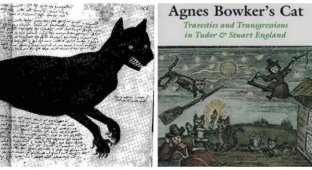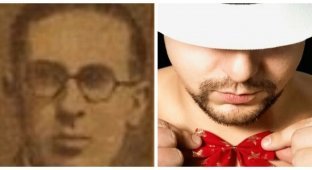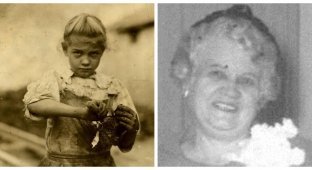Childbirth is a responsible, serious and risky process. But sometimes the birth of a new creature turns into a curious story that remains for centuries. 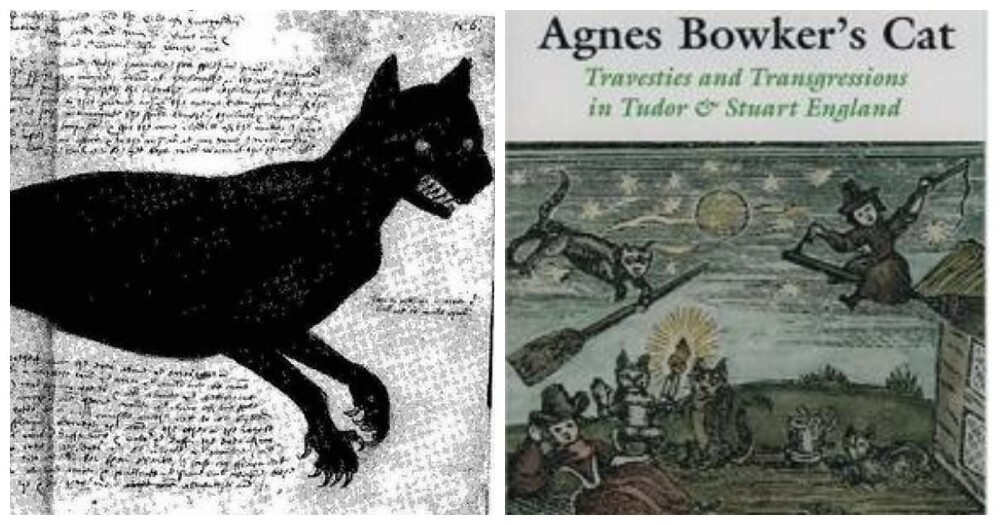
In 1569 in England, a young servant named Agnes Bowker claimed in court that she had given birth to a cat or something like that. Surprisingly, credible, serious, authoritative witnesses testified over many hours to support Agnes's story. While the servants of the law were painstakingly investigating the case, officials and aristocrats were trying to figure out what to do. The story of Agnes Bowker's cat spread like wildfire and became a huge sensation, reaching Queen Elizabeth's Privy Council. Why did Agnes claim to have had a monster cat as a child, and why did people take it so seriously that it required an investigation and court hearings?
Agnes Bowker 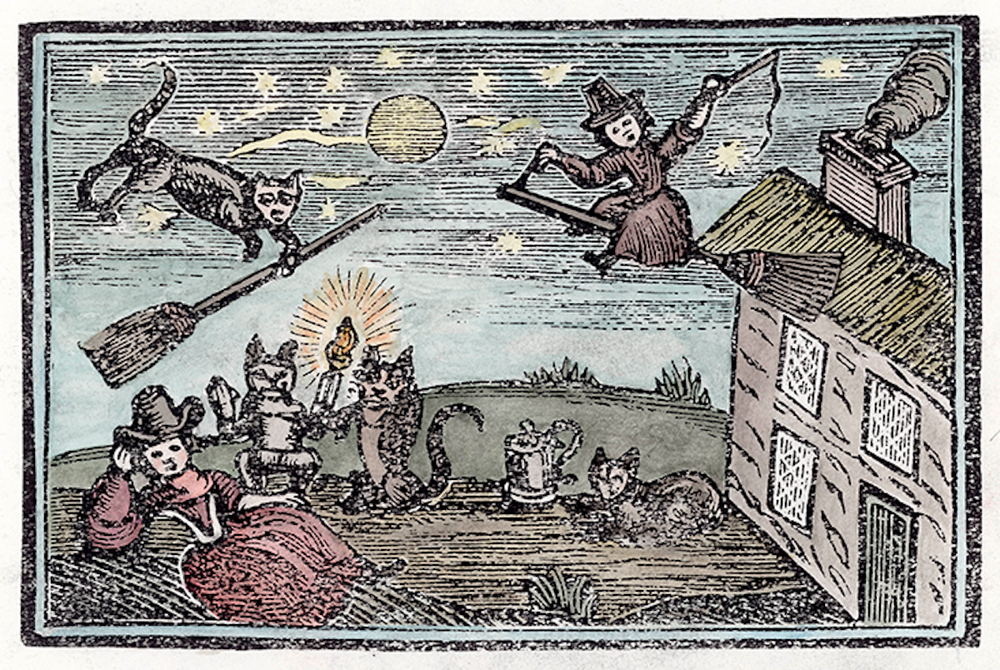
Agnes Bowker was the daughter of a butcher named Henry Bowker who lived in Harborough. Her father had long since passed away, but her mother was still alive. Agnes was 27 years old and a young woman working as a domestic servant in Leicestershire. In 1598, she became pregnant out of wedlock, which caused a big scandal at the time. On January 22, 1569, Agnes testified in court, saying that she had given birth to a cat or some kind of monster.
Interestingly, this was not so unusual, since in the late 1500s superstition was in full bloom, and many people believed in things like black magic and witchcraft (as they still do today). Some villagers speculated that Agnes' "baby" could be a sign or warning of terrible events to come.
The Strange Story of Agnes 
Leicestershire
Agnes made many wild and incoherent statements. Her testimony changed frequently. She admitted that she had several intimate relationships with a young servant, Randal Dawley. However, she insisted that the cat's father was someone else. At some point, she stated that a cat had repeatedly come to her and had intimate relations. In another story, she claimed that it was a bear, a dog, or something else that changed shape.
Agnes added to her story that she had once worked for schoolteacher Hugh Brady. The man allegedly took advantage of the maid several times. During their relationship, he told the girl that she should marry the devil. According to her, Brady told her that he would send her something, which actually came to her in the form of a man who seemed to her like a greyhound and a cat at the same time.
Testimony from midwives 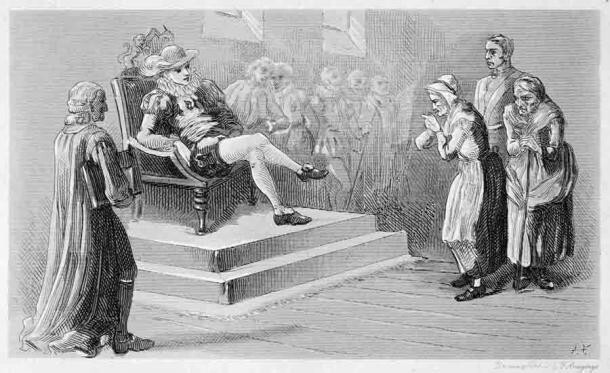
Midwives and several townswomen who were allegedly present at the birth gave testimony that shed light on the story of Agnes the cat. The first midwife, Margaret Roos, testified that when she examined Agnes, she noticed something in her body “beyond the natural course of events.” She claimed she couldn't tell what was inside Agnes, but it "stuck her" nonetheless.
A second midwife, Elizabeth Harrison, cared for Agnes during the birth. She claimed that a certain creature came to Agnes, sometimes in the form of a bear, sometimes in the form of a dog, and sometimes in the form of a man.
Who are you, Agnes Bowker's cat? 
The situation was so unusual that a group of local residents took the supposed child Agnes and performed a primitive autopsy. They found some meat and grass in the stomach. The men informed the townspeople that instead of a supernatural creature, it was an ordinary cat.
The guys also presented evidence that Agnes tried to borrow a cat from neighbors. Unfortunately, the poor girl mysteriously disappeared. 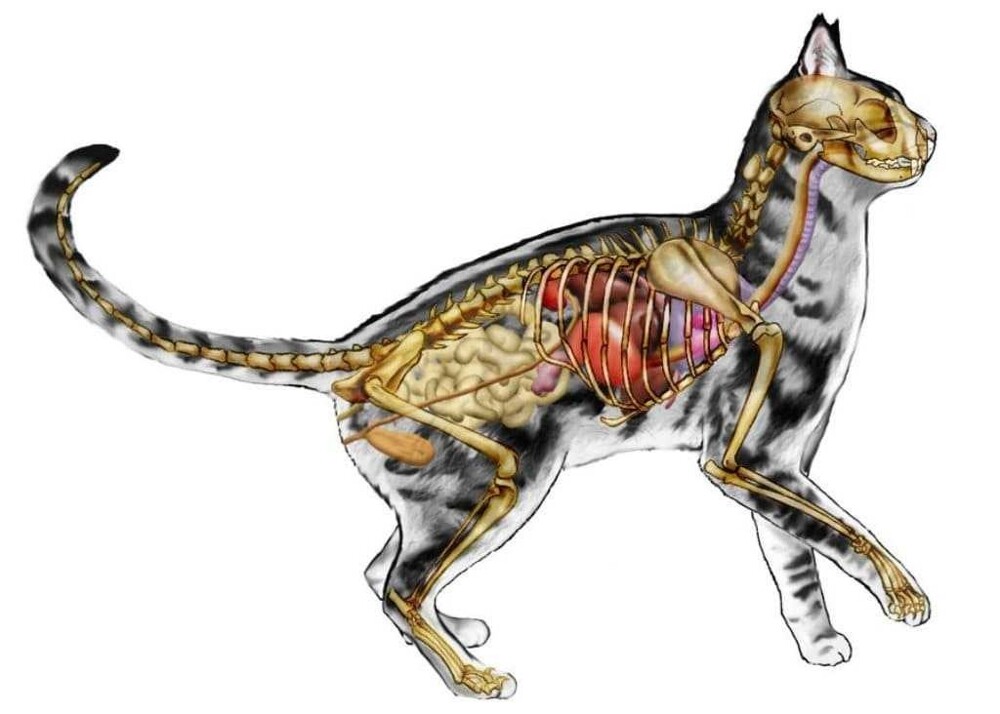
Subsequently, this story spread by word of mouth. And finally, Archdeacon Commissioner Anthony Anderson decided to conduct a full investigation. Perhaps this was partly done out of curiosity. But it could also be an attempt to stop the spread of a story that was burning like wildfire throughout the area.
After interviewing witnesses and Agnes herself, and also analyzing the unfortunate decomposing cat, he stated that the animal was the most ordinary. 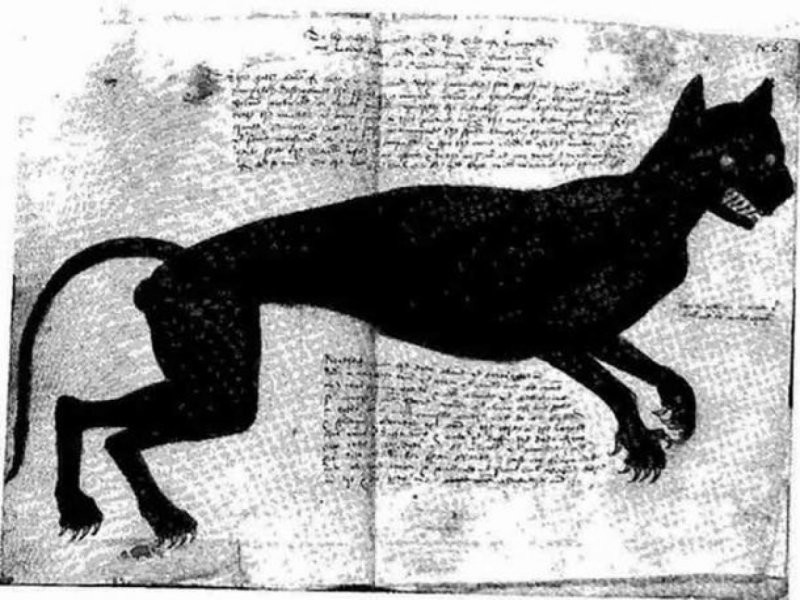
From the Anthony Anderson case
He even went so far as to conduct an autopsy on another cat for the purity of the experiment and discovered a striking resemblance to Agnes’s “child.” In February 1569, he "transmitted a drawing of a cat, the results of an examination of this cat and another cat for comparison, and complete transcripts of witness statements." This package of information was then passed on to William Cecil, Elizabeth I's secretary of state. Anderson also conveyed his opinion of the situation: “It is obvious that this is a forgery; but still we cannot get any recognition of how it was done.”
Background of the story 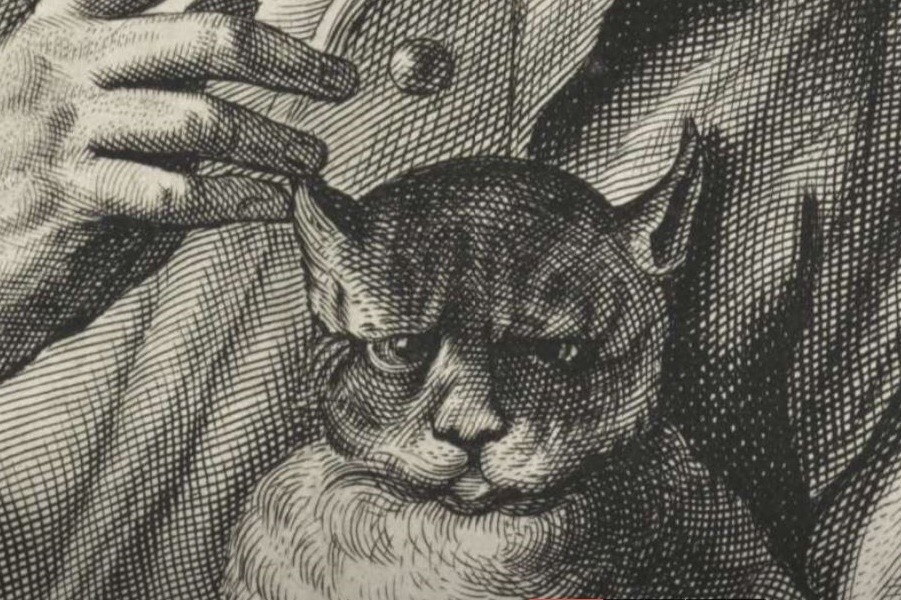
Elizabethan England was very religious and conservative. Society was divided into Catholics and Protestants. Bad things happened to women who became pregnant out of wedlock. Such a pregnancy was highly condemned by religious society. During court testimony, Agnes said she tried to commit suicide. Women in her position often faced terrible hardship and alienation.
Thus, Agnes made up stories to hide the truth. This allowed her to avoid shame and receive the care and attention that she received. If she had told the truth, she would most likely have lost her job with no chance of finding another one.
What happened to Agnes' baby? 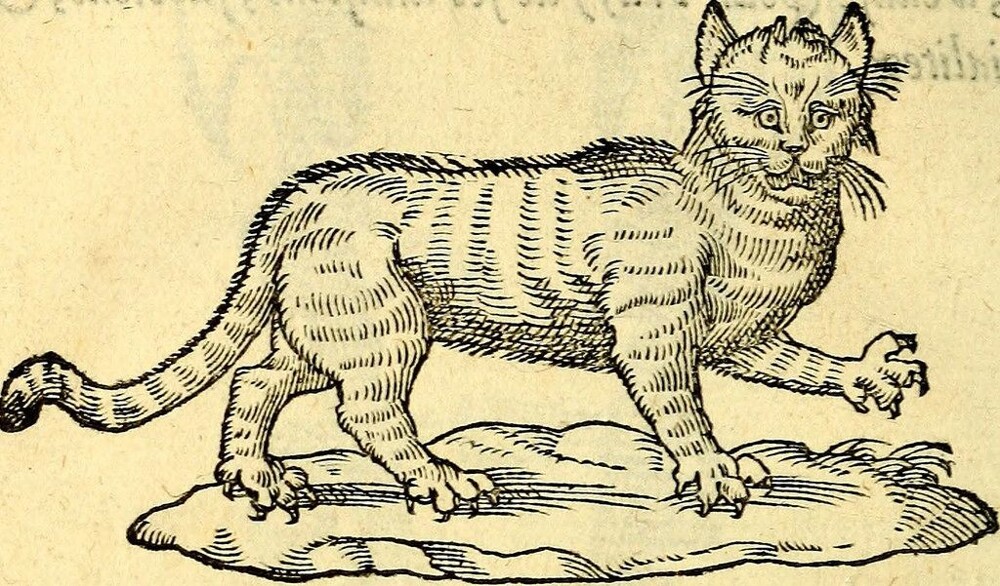
Agnes was undoubtedly pregnant. There are two versions. Some believe that she committed infanticide. Others believe that Agnes actually gave birth to a child from a monster cat as an omen of something terrible (and how could we not?)
Either the girl was very simple-minded and told a really complicated story, or she played the victim so convincingly that she did not suffer any punishment, simply confusing the gullible townspeople. However, her curious story has been alive for more than 450 years and continues to emerge periodically, forcing contemporaries to ponder what happened to Agnes and her cat.
Add your comment
You might be interested in:












